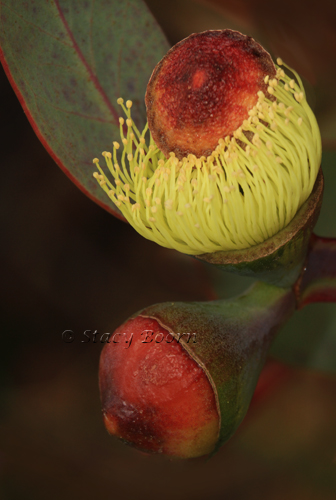There is nothing more exciting to most photographers than a beautiful sky at sunset, except for a silhouetted subject in front of it. I had both these elements before me last week at Pigeon Point Lighthouse.
 50 miles south of San Francisco, on our central coast line, a 115 foot high Lighthouse raises from the cliff side.  It is one of the tallest in the USA and has been guiding mariners since 1872. The lighthouse is run by the California State Parks. Entrance to the lighthouse has been closed since 2001 when a portion of the cornice on the exterior of the lighthouse fell off. Presently funds are being raised and the restoration project is underway
50 miles south of San Francisco, on our central coast line, a 115 foot high Lighthouse raises from the cliff side.  It is one of the tallest in the USA and has been guiding mariners since 1872. The lighthouse is run by the California State Parks. Entrance to the lighthouse has been closed since 2001 when a portion of the cornice on the exterior of the lighthouse fell off. Presently funds are being raised and the restoration project is underway
“Its five-wick lard oil lamp, and first-order Fresnel lens, comprised of 1,008 prisms, was first lit at sunset, November 15, 1872. The lens stands 16 feet tall, 6 feet in diameter, and weighs 8,000 pounds. It sits in a lantern room that had been constructed at the Lighthouse Service’s general depot in New York before being shipped around the Horn. Although the original Fresnel lens is no longer in use, the lighthouse is still an active U.S. Coast Guard aid to navigation using a 24 inch Aero Beacon. “
Sunset photography can be an exposure challenge. I suggest you set your camera on the spot metering mode and select a location about 30 degrees off  the sun. Take your reading and dial it in manually. Or you can set your camera for negative compensation of 2/3 to 2 stops, and watch your histogram.
 Budding and blooming Eucalyptus plants are among my favorite floral subjects. As the bud begins to open it throws off its cap like a French Brett being tossed aside so one can let the wind blow through her hair.
Budding and blooming Eucalyptus plants are among my favorite floral subjects. As the bud begins to open it throws off its cap like a French Brett being tossed aside so one can let the wind blow through her hair.
I was using my 100 – 400mm lens at 400 mm with a 12mm extension tube. Extension tubes are designed to enable a lens to focus closer than its normal set minimum focusing distance. Getting closer has the effect of magnifying your subject (making it appear larger in the viewfinder and in your pictures). They are exceptionally useful for macro photography, enabling you to convert almost any lens into a macro lens.
Using 400 mm instead of 100mm or wider helps me narrow the background and keep out competing  and distracting colors or subjects. I also use a relatively shallow depth of field (f/8) so that nothing in the background is in focus. Usually the Eucalyptus blooms are far above my eye level but at the Santa Cruz Arboretum there are some young trees making this subject more accessible.
But by noon my hair was blowing in the wind and so were the floral subjects. There is a reason to get up and out before sun rise!
